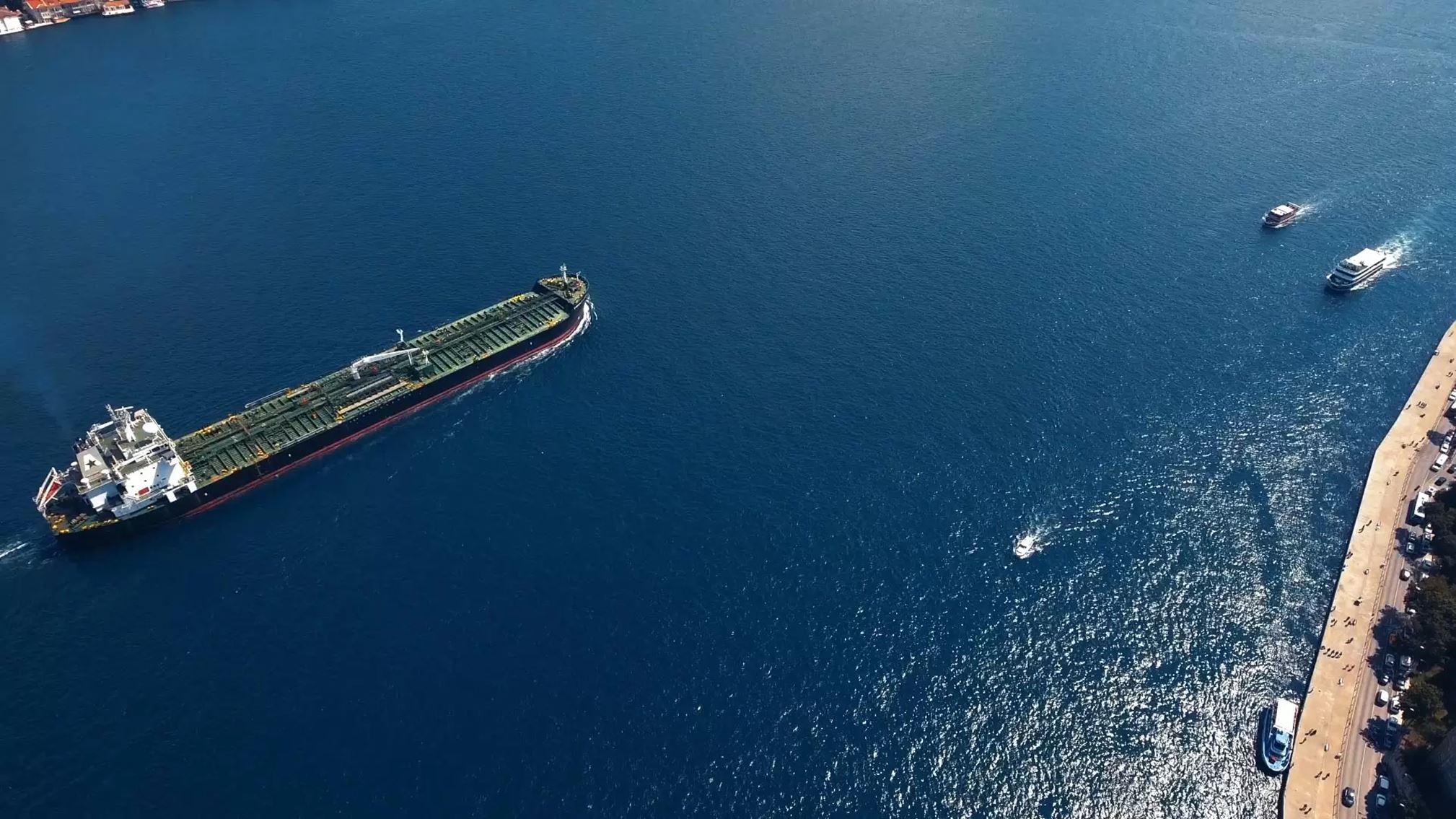
Monitoring, Reporting and Verification (MRV)
The European Union brought into force Regulation (EU) 2015/757 on 1 July 2015, for the monitoring, reporting and verification (MRV) of carbon dioxide emissions from maritime transport.
This regulation defines several methods used to monitor and report the CO2 emissions and the relevant information regarding ships efficiency from ships arriving at, within or departing from ports under the jurisdiction of Member States to promote the reduction of CO2 emissions from maritime transport.
Who does this Regulation concern and which are the exceptions?
This regulation applies to ships above 5000 gross tonnage in respect of CO2 emissions released during their voyages from the last port of call to the port of call under the jurisdiction of a Member State and from a port of call under the jurisdiction of a Member State to their next port of call, as well as within ports of call under the jurisdiction of a Member State. This Regulation should be applied to all ships regardless of their flag.
Regulation 2015/757, does not apply to ship movements and activities not serving the purpose of transporting cargo or passengers for commercial purposes such as dredging, icebreaking, pipe-laying or off shore installation activities. In addition, it does not apply to warships, naval auxiliaries, fish-catching or fish-processing ships, wooden ships of a primitive build, ships not propelled by mechanical means, or government ships used for non-commercial purposes.
Our role
We are developing a dedicated MRV module to help produce emission reports in a correct, convenient and effective manner. By using the Kyma MRV module, shipping companies will save time and effort and can be confident that the emission reports meet the EU regulation requirements (2015/757).
The emission reports can be generated both yearly and per-voyage, in the required format for submitting to the Verifiers and the European Commission.
Danelec is a specialist in the field of manufacture and development of products for marine performance monitoring, with a long history and experience with ship performance monitoring systems and fuel data logging. As such, we can also aid companies in developing their monitoring plans according to the regulations (2015/757).
Interested in finding out how our solutions can improve your fleet efficiency and reduce your business's environmental footprint? Leave us a message and we will make sure to contact you to arrange a meeting.

Ship Energy Efficiency Management Plan
The Ship Energy Efficiency Management Plan (SEEMP) incorporates best practices for the fuel efficient operation of ships for a more green shipping, such as better speed management throughout a ships voyage. Such efficiency measures will significantly reduce fuel consumption and, consequently, CO2 emissions.
The SEEMP was developed through detailed discussions between member states, and with the advice and assistance of the international shipping industry, through a specialised working group on greenhouse gas emissions convened by the International Maritime Organization’s (IMO) Marine Environment Protection Committee (MEPC). The working group also discussed measures such as an Energy Efficiency Design Index, which will help to ensure that new ships are built as energy efficient as possible and allow for a more green shipping.
Energy Efficiency Operational Index
Energy Efficiency Operational Index (EEOI) is meant to enable operators to measure the energy efficiency of existing ships. This index is expressed in CO2 per ton mile, for the efficiency of specific ship thus enabling comparisons between similar ships.
Get in-touch
Want to get in-touch with us? Want to know more about our products and services offering? We are keen to hear from you and will make sure to get back to you as quickly as possible.